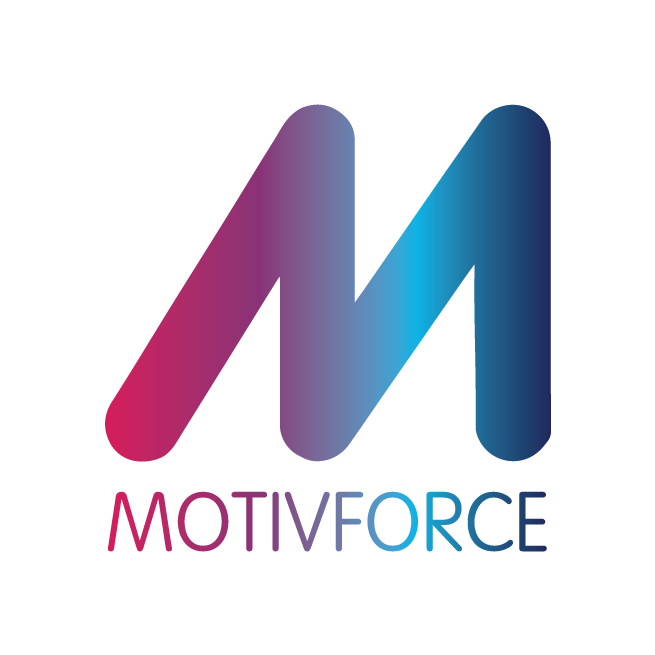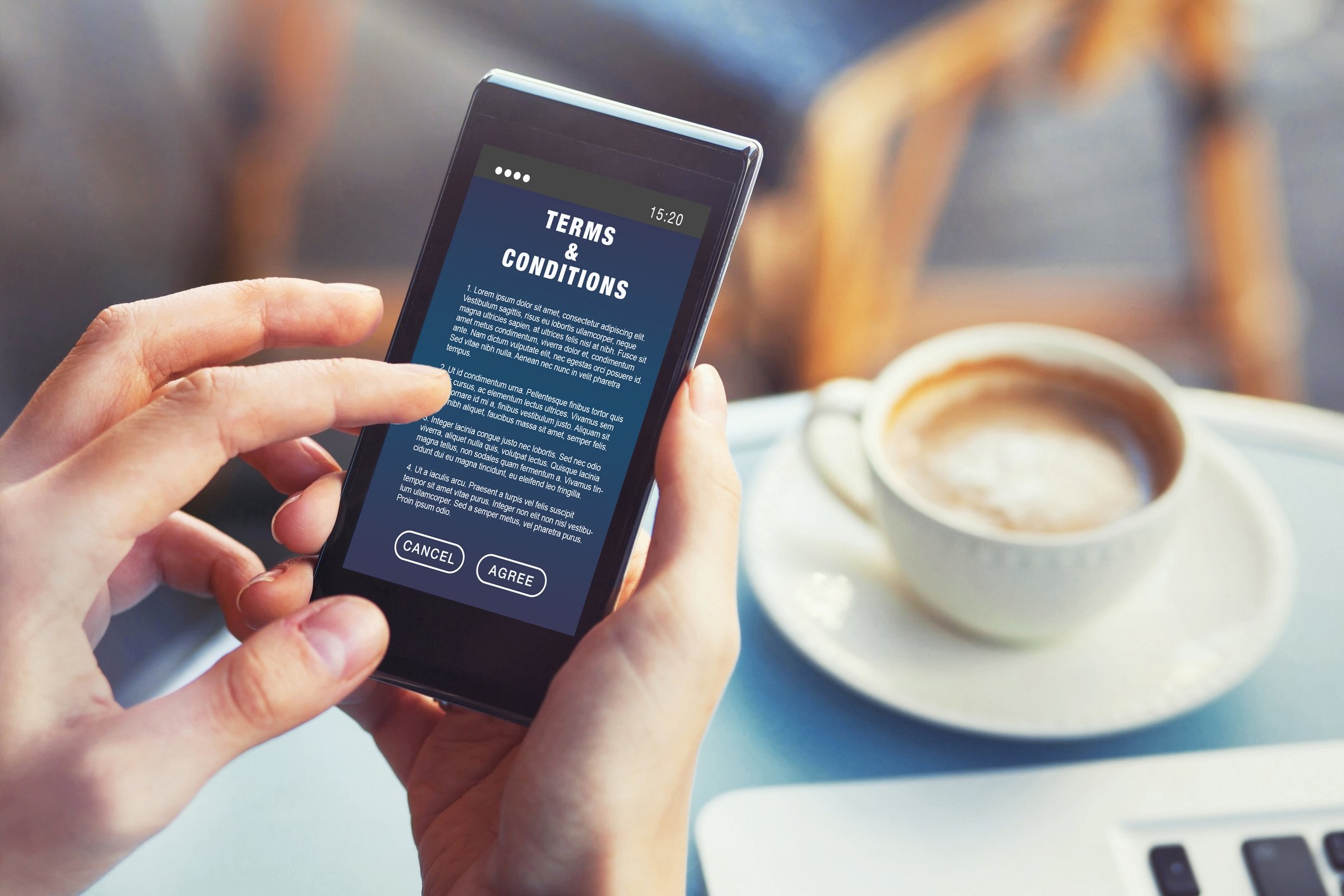Embracing Social Loyalty
Embracing ‘Social Loyalty’
‘Social Loyalty’ has been gaining momentum over the past five years as an effective strategy to drive engagement, enablement and sales performance. Interestingly, many companies are still slow to embrace social media into their loyalty programs due to concerns that they cannot control the conversation. However, it is now apparent that participation, as opposed to control, is the most effective way to drive participant behavior.
The implementation of Social Loyalty started with:
Phase 1: A presence on Facebook, LinkedIn etc.
Phase 2: Embracing more social media elements (communities, forums, social badging and network ties)
Companies that have started to embrace the social loyalty paradigm are seeing real benefits as they develop new communication mediums to target their participants, in a marketplace that is rapidly losing traction due to the sheer volume of communications. Some of the advantageous elements of social loyalty include:
● Access to colleagues
● Access to sponsors & experts for information
● A platform for effective gamification campaigns and contests
● Creating an environment where Brand Ambassadors can form network ties between stakeholders and participants and be recognised and rewarded
● Conversations help understand the motivational drivers behind participant behavior
● A platform for understanding language, tone, building trust and identity cues
● Social Network Mapping
Looking at the above list it is imperative to evolve our dialogue with loyalty program participants from one of communication to conversation. To do this we need to think about receiving feedback for every communication that we send.
We need to:
- listen for @mentions, relevant branded and topical hashtags, questions, and concerns from audiences across your digital channels
- address community management by acknowledging, replying, leveraging positive sentiment and/or addressing concerns as required, in real time. This helps to generate buzz, freshness, and continuity across your audiences
- define your voice, will it be casual, formal, urban, chic or cool? What is the brand positioning of your program as this will help to define the style and tone of your voice.
Social loyalty has also given us access to enhancing the program via social network theory. This theory views social relationships in terms of nodes and ties. Whereas nodes are the individuals within the network (actors) and ties are the relationships between the actors. We can now assess how strong these ties are and map the network to identify influencers who hold central positions in the loyalty program community.
These influencers are the perfect profile to recruit against, supply with additional resources, as they are highly like to develop stronger networks and drive the ambassador community.











